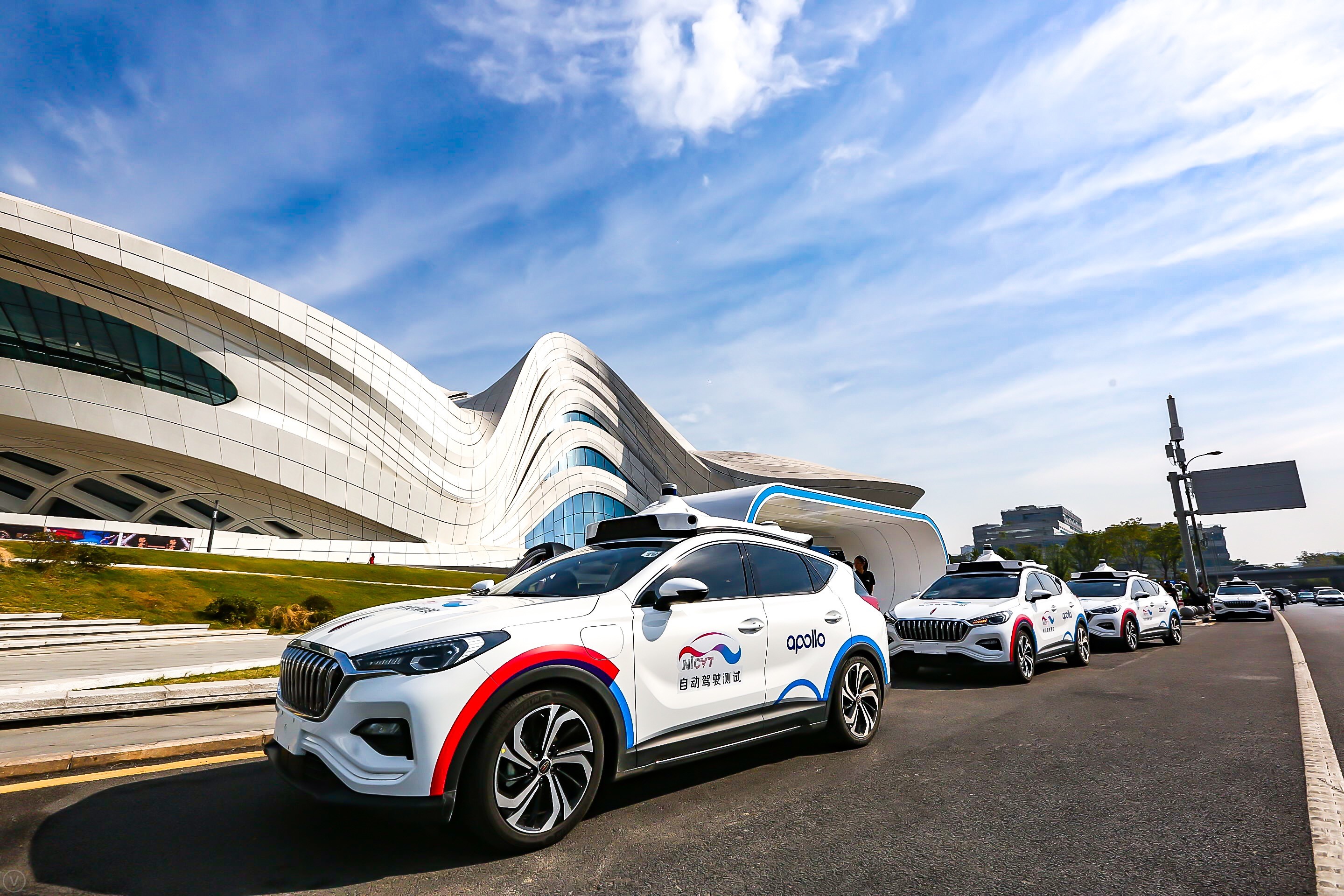China’s largest search engine Baidu has started to use its robotaxi fleet composed of 45 vehicles to transport real passengers in Changsha, capital of Central China’s Hunan province, since Thursday, according to a press release from Baidu.
One of the first passengers is an experienced driver and citizen of Changsha, said Baidu, adding that there is also a human monitor on each robotaxi to guarantee safety, in accordance with the current Chinese law.
Baidu has also pushed local residents to apply on the Apollo website to be seed passengers for its robotaxis , indicating that China’s robotaxis are finally facing the public, one step closer to the commercialization of self-driving technologies.
These self-driving cars are allowed to run on 135-kilometre-long testing roads, next to office buildings, lakes and mountains in Changsha, covering different streets conditions. Baidu said that the fleet, which arrived in the city on August 2, has been under testing in real streets in preparation for the final passenger testing rides.
Baidu does not lack rivals at home and abroad.
A startup called WeRide, co-founded by Baidu’s former leader of the autonomous driving team, Wang Jin and
Tony Han, who was previously the chief scientist of Baidu’s autonomous driving research unit, set up a joint venture in August with taxi operators in Guangzhou, the capital of South China’s Guangdong province, to roll out its own robotaxi fleet. One month later, the startup invited media reporters to test its robotaxis on a 10-kilometre road in Guangzhou.
As early as May 2018, US-based Aptiv Autonomous Mobility started to offer commercial robotaxi rides to the general public, in partnership with Lyft. Just a year afterwards, Aptiv said it has completed more than 50,000 passenger rides, and its president Karl Iagnemma claimed that 92% of riders felt “very safe” or “extremely safe” during their rides.
